A Passive House uses very little energy to stay warm and comfortable, regardless of the season and regardless of weather conditions. The requirements for Passive House Certification are that standards be met for the total energy consumption, airtightness and thermal performance. The total heating load of a house must be less than or equal to 15kWh / m² per year, and the total energy requirement (appliances included) must be less than or equal to 120 kWh / m² per year.
For this reason, Passive House design maximizes passive solar heat absorption with south facing windows, plus high levels of insulation and an extremely airtight building envelope. When designed and built with these considerations, the heating requirement of Passive Houses can be as much as 90% less than what the average home requires. With such a house, your monthly energy bill might not be far off what you pay for internet service.
The Ice Box Challenge
Ten years ago in Belgium, the first Ice Box Challenge was conducted to test Passive House construction. For six weeks between April and May 2007, two 1,300 kg blocks of ice were installed in two ‘boxes’ in Brussels, one with standard construction for the region and one that met Passive House standards.
In the first box, built using normal house construction practices for the region, the ice melted in 11 days. After 44 days in the sun, the second super-insulated box still held a 456 kg block of ice, clearly demonstrating the reduced heat transfer through airtight and super-insulated walls.
The British Columbia Ice Box Challenge
The City of Vancouver invited Passive House Canada to coordinate an Ice Box Challenge of their own this past summer. Similarly, two small structures - one built according to the British Columbia Building Code and the other to Passive House standards - were erected in the Olympic Village Square. The base level of building codes in Canada are higher than those in Belgium so the results were not as drastic, but still showed a significant difference.

|
|
Passive House Ice Box Challenge © NK Architects
|
A one-tonne block of ice a ton was placed inside each structure, both were then left in the summer sun for 18 days. At the end of that period, both structures were opened and the amounts of ice remaining in each were measured. The result showed that the volume of ice remaining in the Passive House box was 4 times greater than the amount of ice left in the Building Code box.
We do not conclude from those results that a home must specifically adhere to Passive House performance levels or seek certification to be considered extremely efficient, nor do we think the standard of 15kWh / m² per year is a line in the sand that defines high performance. But the results are a clear testament to the benefits of designing and building homes far beyond the base levels of building code and employing passive heating and cooling strategies in home design.

|
|
Passive House Ice Box Challenge © Dan Toulgoet
|
Now you know more about the Passive House building philosphy, Find more pages about how to build to Passive House standards in the Ecohome Green Building Guide pages and these pages here:
Discover all the benefits of a free Ecohome Network Membership here - promote your business and get access to discount pricing on select building materials. |


























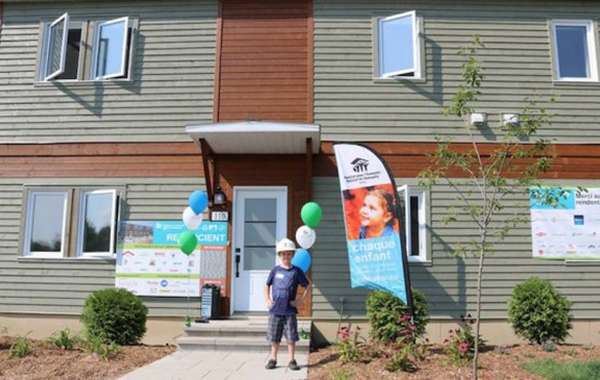
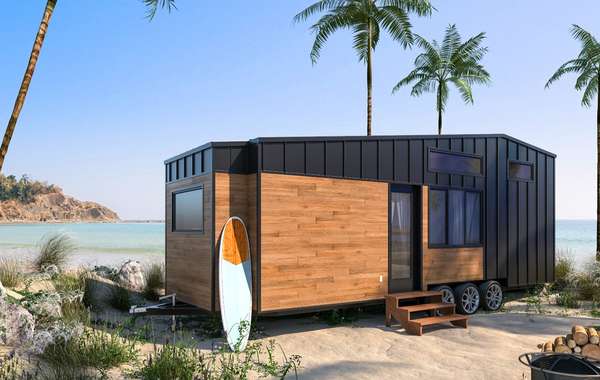
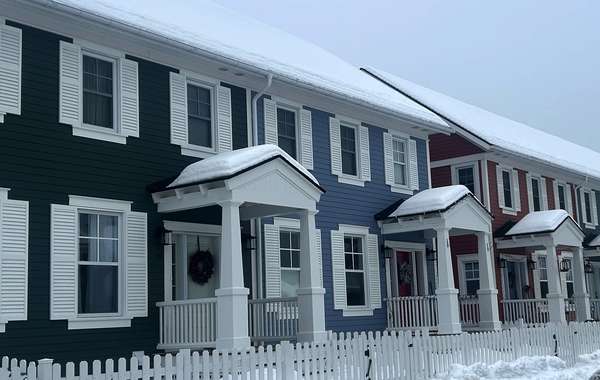

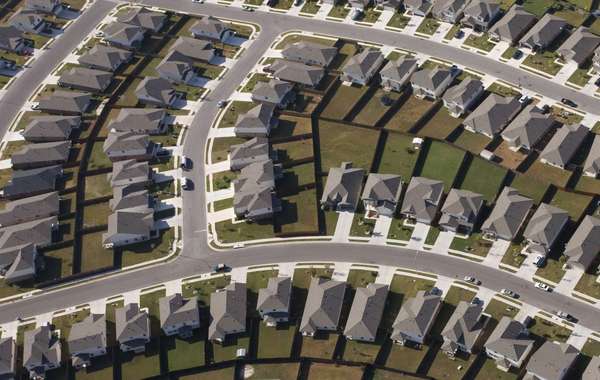
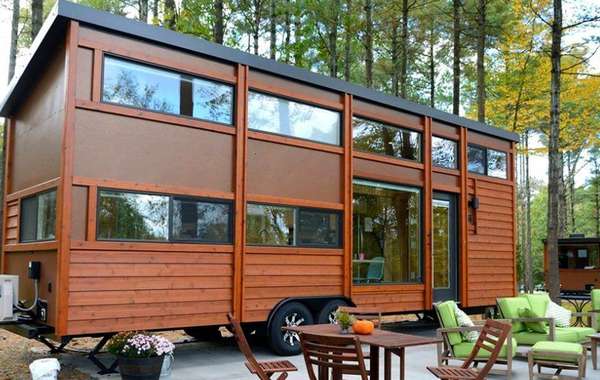
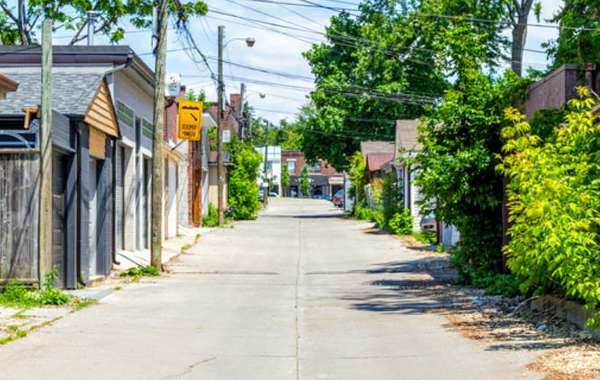
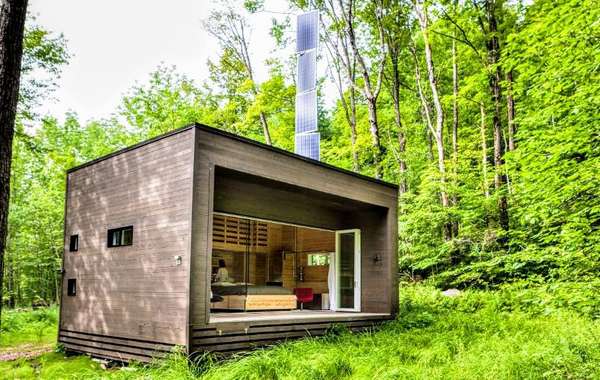

Comments (0)
Sign Up to Comment